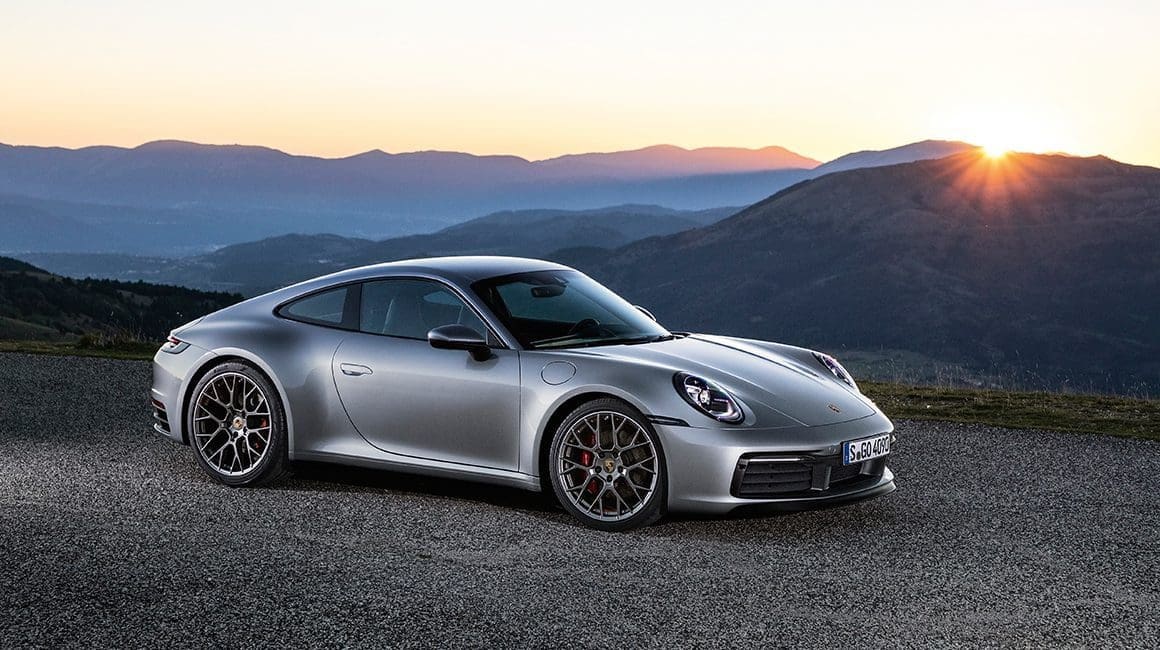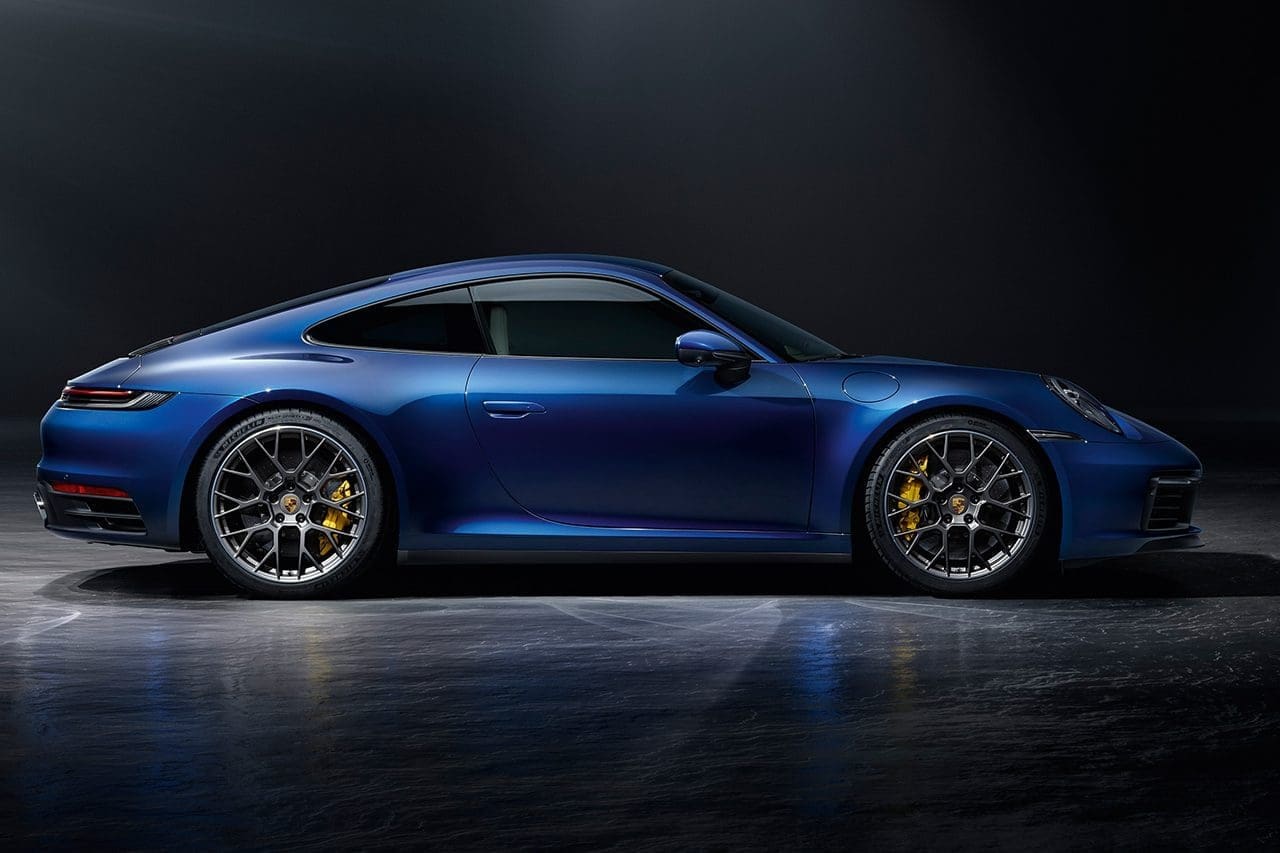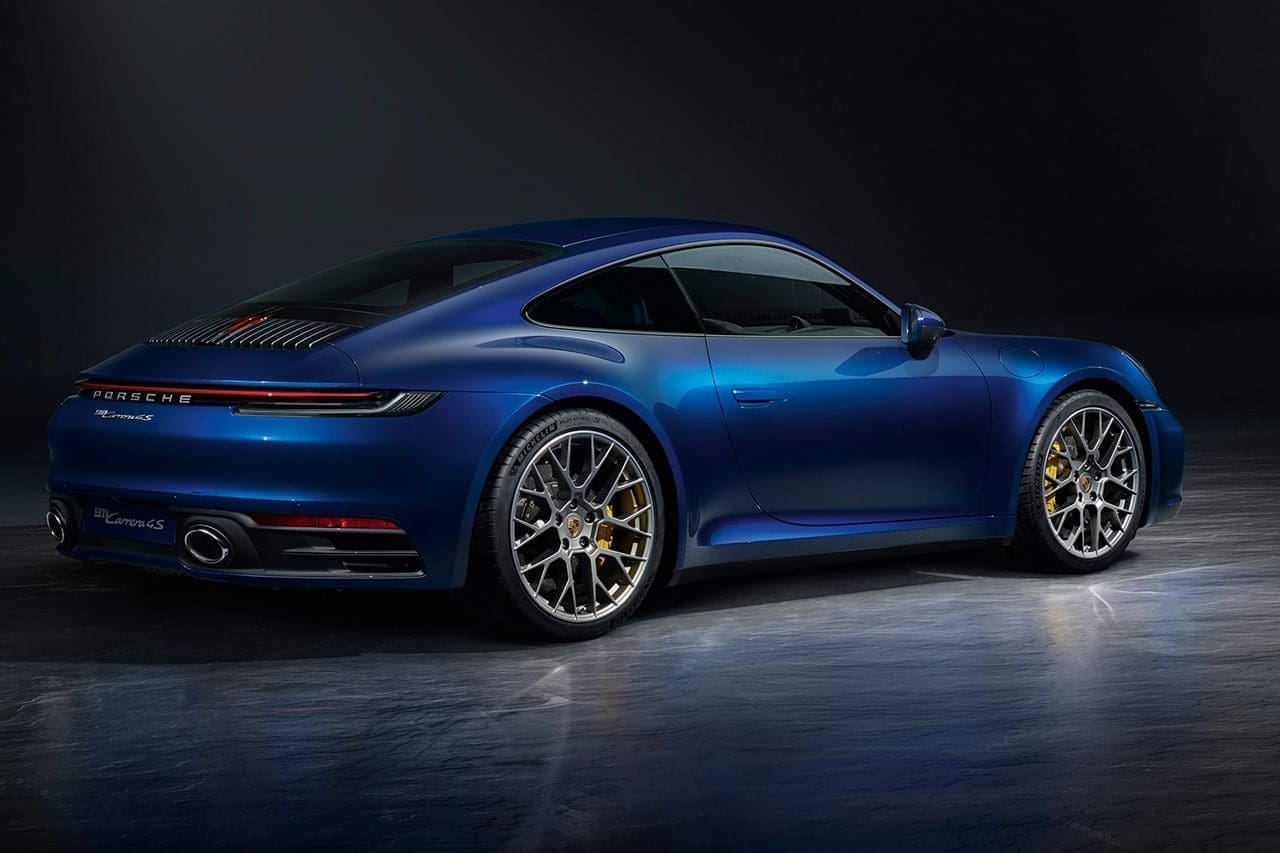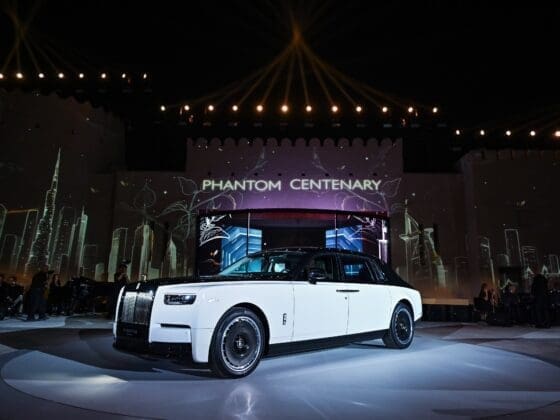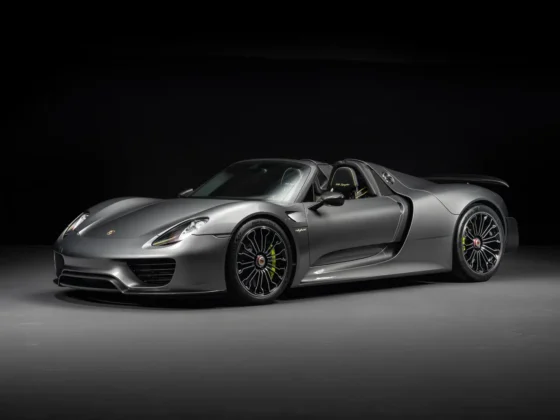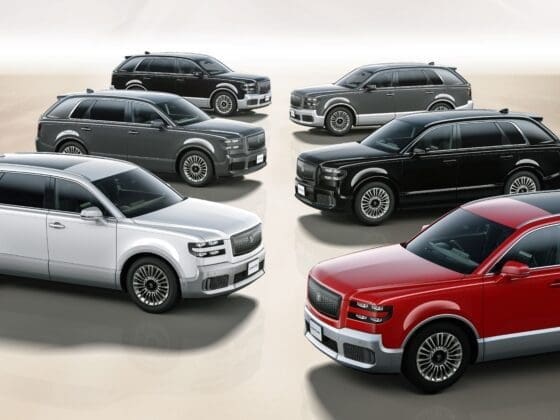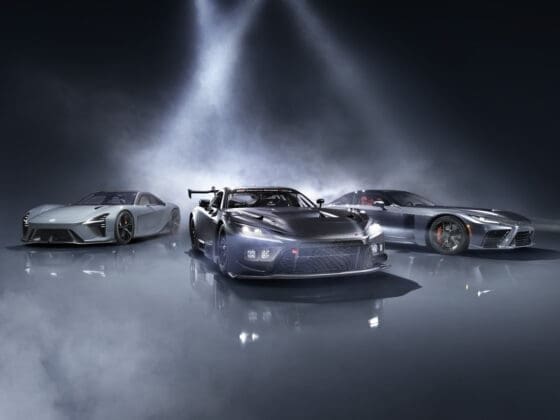A design classic is a manufactured object which has a timeless aesthetic value. There are many that lay claim to this title, but few stand up to scrutiny. The Porsche 911 is without a doubt one of the best examples of a design classic. In continuous production since 1963, the one-millionth 911 rolled out from the production line in mid-2017. Now, Porsche has unveiled the eighth-generation of the 911, the Carrera S and 4S Coupé models.
The latest 911, internally coded as 992, premiered on the eve of this year’s L. A. Auto Show. It remains timeless as always but has a more muscular look, improved performance and with new and innovative interior features.
The most innovative feature of the new 911 is the “world first” Wet mode, which is included as standard. This function detects water on the road, preconditions the control systems accordingly and warns the driver, who can then set up the vehicle for enhanced safety by merely pushing a button or using the mode switch on the steering wheel that comes as part of the Sport Chrono Package.
The warning and brake assist system, also fitted as standard, detects the risk of collisions with moving objects and initiates emergency braking if necessary. Night Vision Assist with a thermal imaging camera is optionally available for the 911 for the first time. The adaptive cruise control option includes automatic distance control, stop-and-go function, reversible occupant protection and an innovative autonomous Emergency Assist function.
The new 911 Carrera S and Carrera 4S deliver enhanced performance thanks to the next generation of the turbocharged flat-six engine which now produces 450 hp. This corresponds to an increase of 30 hp compared to the previous generation. Both 911 models can accelerate from zero to 100 km/h in under four seconds. The rear-wheel-drive 911 Carrera S does it in 3.7 seconds while the all-wheel-drive 911 Carrera 4S can achieve it in just 3.6 seconds. These figures make both cars 0.4 seconds faster than their predecessors.
The optional Sport Chrono Package reduces the sprint by a further 0.2 seconds. The top speed has been measured at 308 kmph for the Carrera S and 306 kmph for the 4S. The fuel consumption of the Carrera S is 8.9 litres per 100 km, while for the 4S it is 9.0 litres per 100 km. These consumption figures, as well as the cars’ CO2 emission values, were determined in accordance with the new Worldwide Harmonised Light Vehicle Test Procedure (WLTP).
The exterior design features a significantly wider wheel housings arch for the 20-inch front wheels and 21-inch rear wheels. Electrical pop-out handles in the doors are integral to the tapered and smooth side contour. At the front, the body is 45 mm wider, and the bonnet has a pronounced recess that evokes the design of the first 911 generations. The rear end is now the same width across all models, highlighted by the slimline centre section, a significantly wider variable-position rear spoiler, and the distinctively seamless, elegant light strip. Apart from the front and rear sections, the entire outer shell is now made from aluminium.
The redesigned interior is characterised by the clear and straight lines of the dashboard with recessed instruments, inspired by the 911 models from the 1970s. Alongside the typical central rev counter, frameless displays provide information to the driver. The centre screen of the Porsche Communication Management (PCM) is now 10.9 inches and can be operated easily and without distraction thanks to the new interior layout. The standard PCM features include navigation as well as Porsche Connect Plus. Located underneath the PCM is a compact switch unit with five buttons for direct access to essential vehicle functions. In terms of digitalisation, the latest 911 offers permanent connectivity as well as new functions and services.
The two new models are now available for order. The 911 Carrera S is priced at AED 474,600 and the 4S is priced at 504,600 including VAT. First deliveries are expected mid next year.

